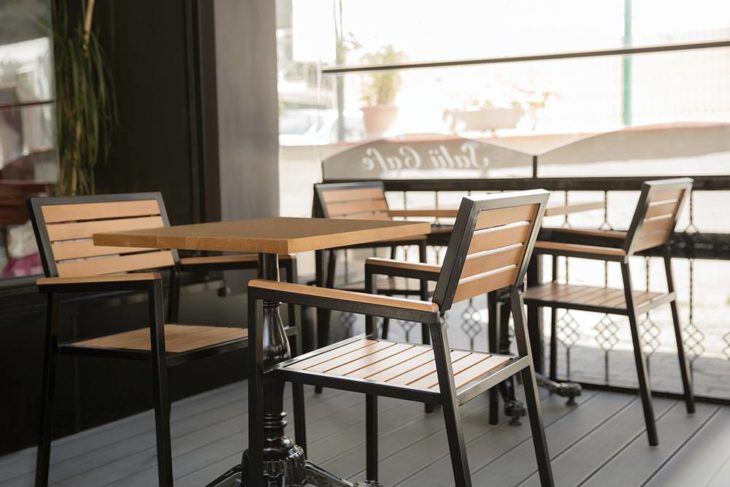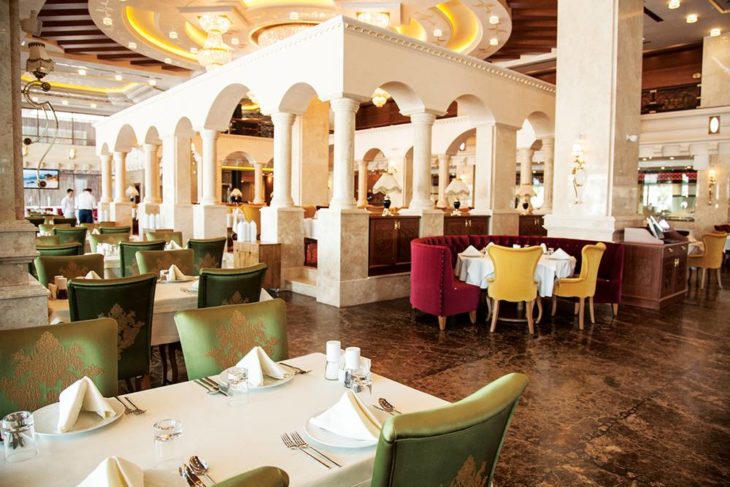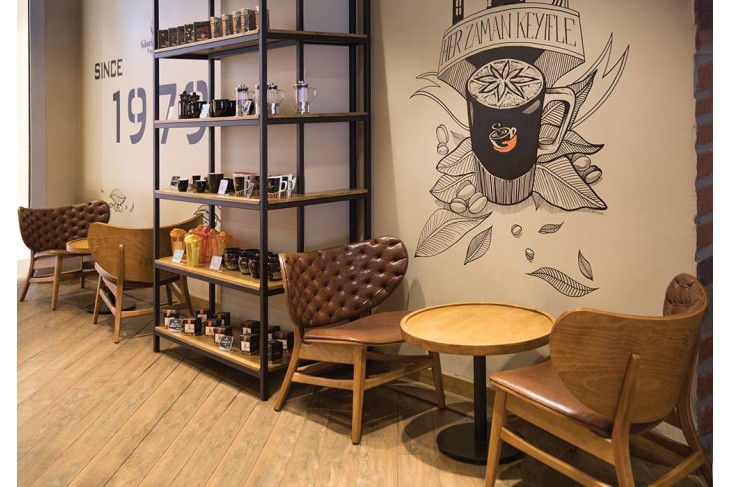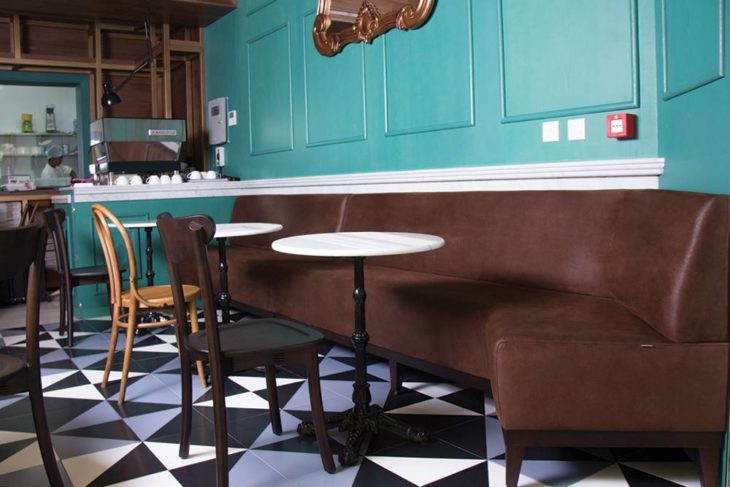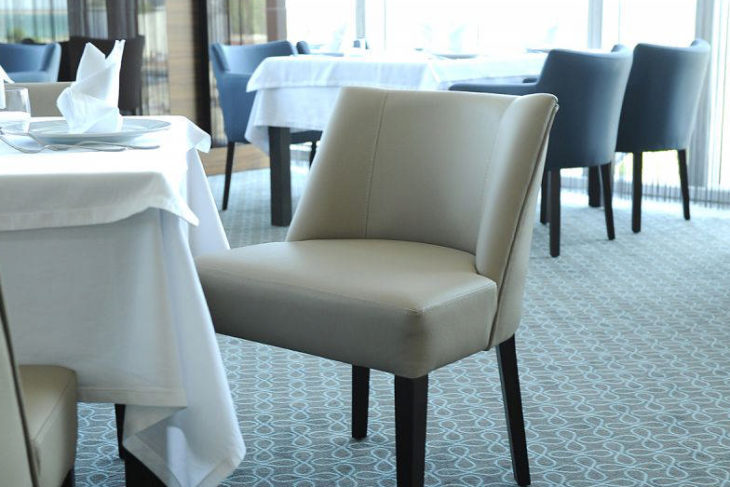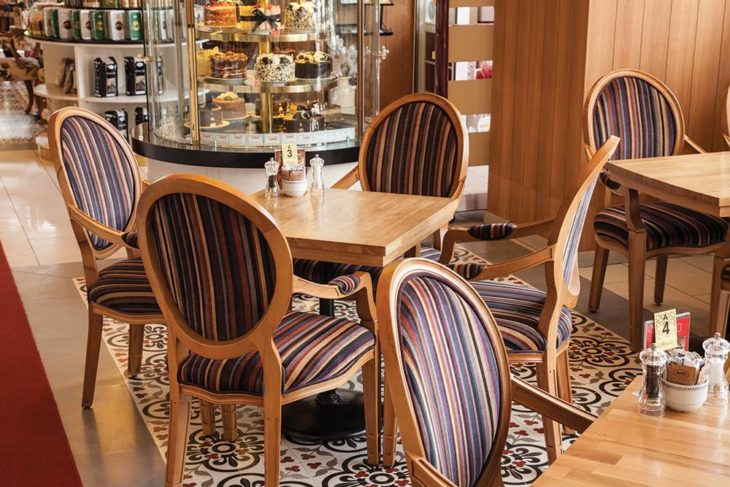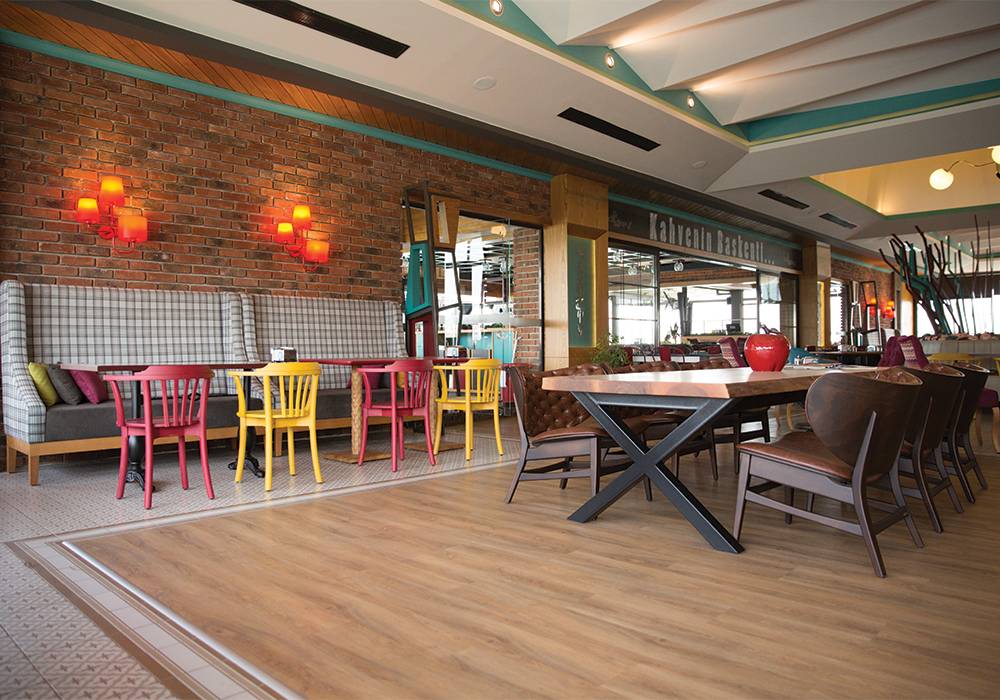
The making of Equipale Mexican Furniture can be traced back to pre-Hispanic times. It is considered a religious type object and it represents social status.
Uniquely, Mexican Equipales Furniture is still made in the traditional way. They are still made with ‘palo de la rosa’ the same as the original equipales. The wood is cut on a full moon because it is believed that the wood is the hardest then. Equipales furniture is made with leather, wood and “ixtle” a derivative of the cactus.
Families have made Equipales since Hueman, the Aztec shamon taught the ‘Equipalera’ technique of the Gods to the early settlers. Today Equipales link the mythical past to a modern cultural icon.
Traditionally the frame of the equipal is joined with ixtle, a type of vegetal fiber removed from the maguey cactus. The seat is also tied with this fiber. The procedure to prepare and to spin ixtle was learned from their ancestors: is extracted with cazanga, washed, dried, barabilla and spun. Reeds and leather are attached on the maguey fiver. Pigskin is usually favored because it is porous and allows the air to circulate.
Equipal Furniture made from leather can last up to twenty years or more:
- The structure begins with a lattice of crossed splints. These are lashed top and bottom to bent wood pieces. This basic form makes the chair light but flexible and able to stand up to tough use. The wood splints are traditionally split out, but are now cut out with a band-saw; less waste this way. Blanks for the splints are made and shaped with a machete and paring knife into pointed slats with notches at either end for lashings
- The base is a thin (3/8″ x 3″) piece of bent wood shaped to form an “O” or a “D” shape
- The seat frame is the same shape but of bent willow. The splints are crossed over one another and lashed top and bottom with twine
- These lashings are cemented with a black adhesive that used to be a plant gum but in modern day may be asphalt or even spray. The seat has three layers. The first is made with a random weaving of maguey fiber looped around the bentwood seat frame. Over this is placed a plaited seat of cane that has been flattened. On top of these, a piece of soaked leather is stretched and stitched or stapled to the bentwood seat rim
- The back is made by lashing willow poles to the seat frame and bending willow pieces over the supports for a continuous arm and backrest. Another piece of leather is stretched around this back and over the arms and stitched or stapled
- Once dried, the leather stretches firmly over the the hole, giving it an inviting and comfortable look, in contrast to the rougher wood splints below. In the higher priced-chairs the seat and back are packed with foam to give the chair an upholstered look and feel
- The real skill comes in the assembling, lashing and nailing the parts.
This most elaborate construction is made with only the simplest tools, a machete, a knife and a hammer. There are new versions as the Mexican designers and makers are working hard to accommodate every taste in Equipale Mexican furniture.
Equipale FurniturE includes pigskin barrel chairs, end tables, bar tables, coffee tables, peacock chairs, child barrel chairs, square foot stools,rectangular tables, bars stools, sofas, and so much more. Feel free to contact me whenever you need or want. I am always more than happy to help.
